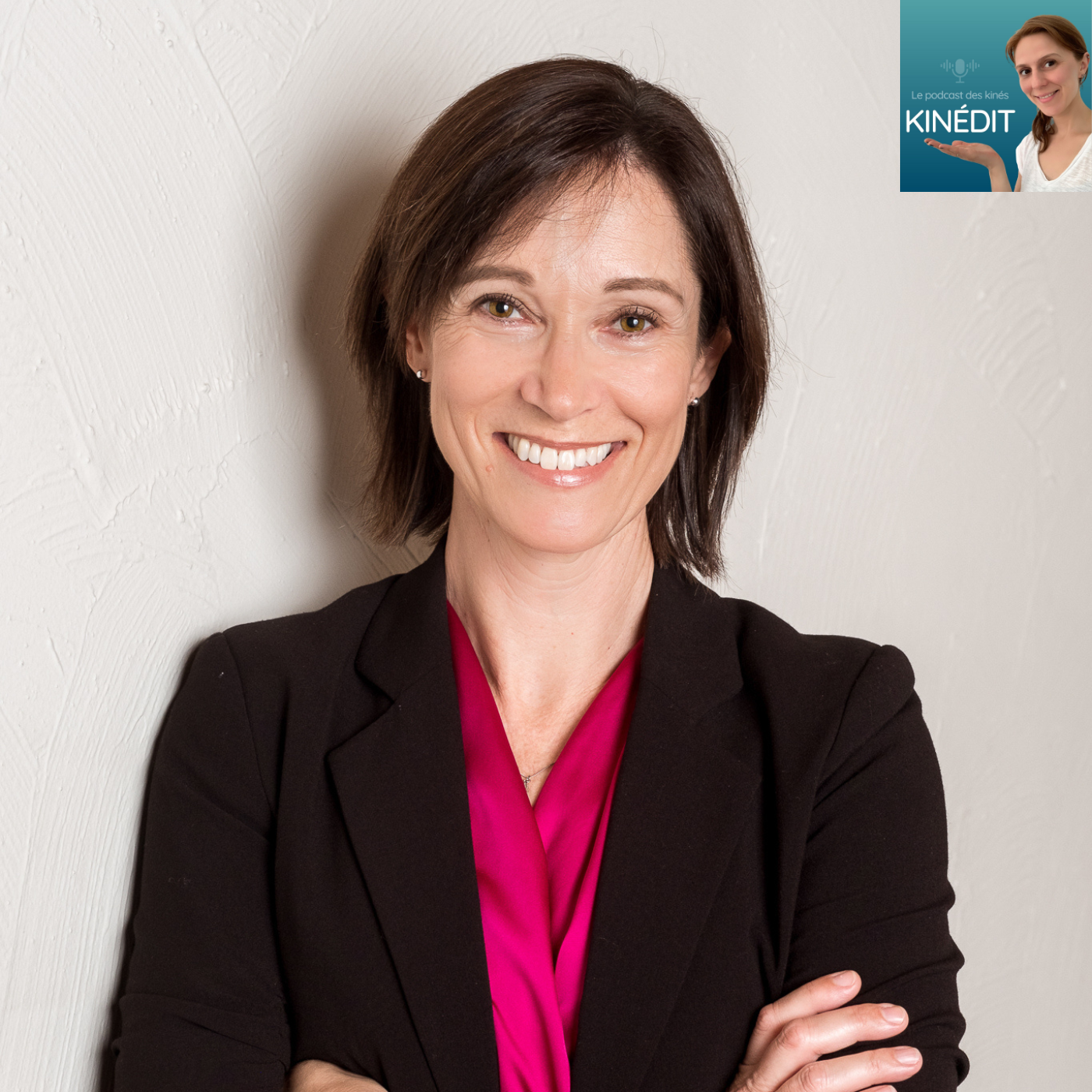Addressing shoulder pain
The topic
Addressing Shoulder Pain : The role of physiotherapy
The expert

Dr Angela Cadogan
Physiotherapist and shoulder specialist in New Zealand.Summary
Key takeaways
- Rehab for shoulder is unique from other injuries
- Patient pain can be very high
- Focus should be on functional usage without increasing pain
Interview Highlights
What is the role of physiotherapy before a rotator cuff surgery ?
“The role of physio before rotator cuff surgery is different from other types of surgery ; for instance, for knee joint replacement surgery, you’ll work at gaining quadriceps strength, but it doesn’t seem to quite work that way with rotator cuff tears. In my experience and with the surgeons who I work with in my local area, very often the reason that they are operating is that the patient has high levels of pain and ongoing weakness because of their rotator cuff tears. So I often find that those patients, if you try and make them exercise more, it just increases their pain and increases their irritability and weakness.
What are the recommended exercises for shoulder pain?
That really depends on the condition. And it also depends on what you are defining, how you’re defining exercise. The term “exercise” covers such a huge range of things. It covers stretching exercise. It covers isometric exercise. It’s motor control. It’s eccentric. It’s concentric. It’s heavy load. It’s light load. It’s scapula, it’s cervical spine etc…
What are the recommended exercises for stiff shoulders ?
With stiff shoulders, at the start, stiffness is greater than pain. But once the pain levels settle, and the patient is more stiff than they are painful, stretching is the best exercise for those patients, followed maybe by strengthening. But very rarely have I ever seen a patient who remains weak and functionally limited after they regain their range of motion, so they tend to return to normal functional activities without a lot of exercise once they regain range of motion.
What are the recommended exercises for unstable shoulders ?
For the unstable shoulder, working on the rotator cuff activation by targeting specifically the rotator cuff in terms of its co-contraction function is efficient. Its ability to work right through the range of motion, particularly right through internal and external rotation, and then its ability to develop force rapidly is a priority for rehabilitation. With high velocity exercise training. So you’re essentially trying to retrain the rotator cuff to maintain stability of the humeral head and react under high speed and unpredictable circumstances.
What are the rotator cuff pain ?
I know a lot of patients with a rotator cuff disorder that have had a lot of rotator cuff strengthening exercises. Most of the time, the reason they see me is because they are sore, and the exercise is making them worse. So, for that group of patients, if we look at the irritable rotator cuff disorders, because the massive and inoperable are a slightly different group, but if you’ve just got a small and irritable rotator cuff tear, then again, once the pain and irritability has settled, it’s more about functional strengthening for me. If you try and target that torn, irritable rotator cuff with long specific high load exercise, you’re just going to make it sore.
So, what do those people need to be able to do?
They need to be able to lift their arm up forwards in front of them. And they need to be able to externally rotate their arm.
So for me, it’s about the functional training in those positions in a way that is not aggravating their symptoms.
It doesn’t necessarily have to be pain free, but as long as it’s not making their pain any worse, then it doesn’t matter what muscles they’re using to do that. But if they can regain flexion and regain external rotation, that is going to be functional for them.
What about the acromio-clavicular disorder ?
The AC joint group needs to work on the scapula. Their scapula must be working well with good force coupling really for those AC joint conditions. So that’s probably broadly how I would approach exercise in those different patient groups.
Podcast Episode
Additional Resources
Angela Cadogan site internet : https://www.drangelacadogan.co.nz/
Shoulder Academy: https://learning.physioacademy.co.nz/bundles/shoulder-academy-membership
Join Angela in a community of physiotherapists interested in the shoulder and access discounted courses, live Q&A’s (recordings available), latest research and learning resources.
eBooks: https://www.drangelacadogan.co.nz/ebooks.html
eLearning:
- eLearning (English): https://learning.physioacademy.co.nz/pages/shoulder
- eLearning (en français): E-learning Angela Cadogan — Agence EBP (agence-ebp.com)
- eLearning (Espana): https://www.agencia-ebp.com/angela-cadogan
Physio Academy (more learning resources) : https://learning.physioacademy.co.nz/
